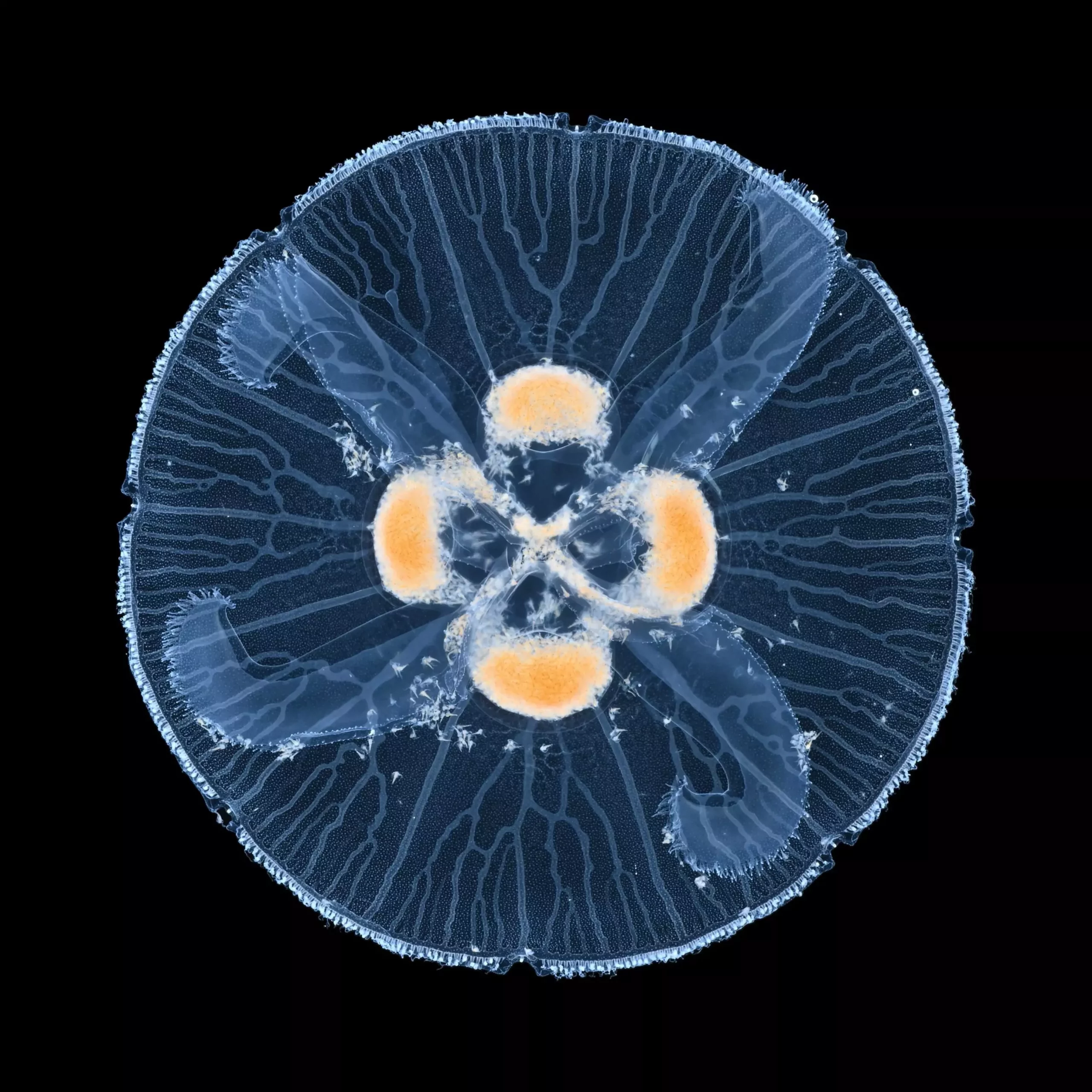Transport networks are fundamental components of numerous natural systems, ranging from the intricate circulatory systems of living organisms to the striking electrical discharges during thunderstorms. These networks typically emerge as branching structures with distinct geometries, primarily driving the movement of critical substances like nutrients and oxygen in biology. Notably, recent research has uncovered a fascinating phenomenon regarding the formation of loops within these networks, which is crucial for enhancing their stability and resilience. The formation of loops occurs under certain dynamic conditions when branches interact at the boundaries of a system, leading to a shift from repulsion to attraction.
Loops are not merely structural curiosities; they play a pivotal role in the robustness of transport networks. In systems without loops, the failure of a single branch can result in a complete system shutdown, as the interconnectivity is compromised. Conversely, networks endowed with loops maintain alternative pathways for resource distribution, allowing them to withstand localized failures. This property is especially beneficial in living organisms where efficient transport of materials is crucial for survival. The presence of loops in biological systems, such as the network of blood vessels or the gastrovascular canals in jellyfish, exemplifies the essential function these structures serve in promoting resilience.
A significant breakthrough in understanding loop formation has been achieved by an international team of researchers led by Stanislaw Żukowski from the University of Warsaw. Their study, published in the *Proceedings of the National Academy of Sciences*, details the mechanisms that trigger loops in various systems – from electrical discharge networks to biological structures. Previously, the dynamics that resulted in the formation of these loops remained poorly understood. However, the researchers provided a compelling model that emphasizes how the interaction between branches shifts dramatically upon reaching the system boundary.
This research highlights that as one branch of a network approaches a boundary, the underlying forces that typically repelled branches from one another transform into attractive interactions, culminating in the formation of loops. This process is not merely an abstract concept; it has been observed in various experimental setups, including the growth of fluid-filled canals in jellyfish and phenomena in fluid dynamics like the Saffman-Taylor instability.
The implications of this work are far-reaching. Understanding how loop formation occurs within transport networks can lead to breakthroughs in multiple fields, including biological engineering, materials science, and environmental management. For instance, insights derived from these models could help in designing more resilient medical micro-networks that can better transport nutrients or drugs with minimal risk of failure. Similarly, in the context of environmental systems, recognizing how loops can form in response to physical changes might inform better management strategies for natural water systems or urban drainage networks.
Moreover, the researchers emphasize the universality of their findings. They propose that the conditions conducive to loop formation – such as the influence of resistance differences between a network and its surrounding medium – exist in diverse systems. This suggests that the model they have developed could serve as a foundational principle applicable across a plethora of scientific disciplines.
With the groundwork laid by this research, a plethora of avenues for future investigation opens up. The team expresses a keen interest in exploring the occurrence of loop formations in other, yet unexamined systems. The findings spark curiosity about whether similar dynamics govern the growth patterns of other networks, underscoring the potential for this research to bridge gaps across various scientific fields.
The recent discoveries regarding loop formation within transport networks not only deepen our understanding of natural systems but also provide a robust framework for exploring their applications in technology and medicine. As researchers continue to scrutinize these complex interactions, we may uncover further layers of intricacy within the natural world, enabling us to harness these insights for innovative solutions to pressing global challenges.


Leave a Reply